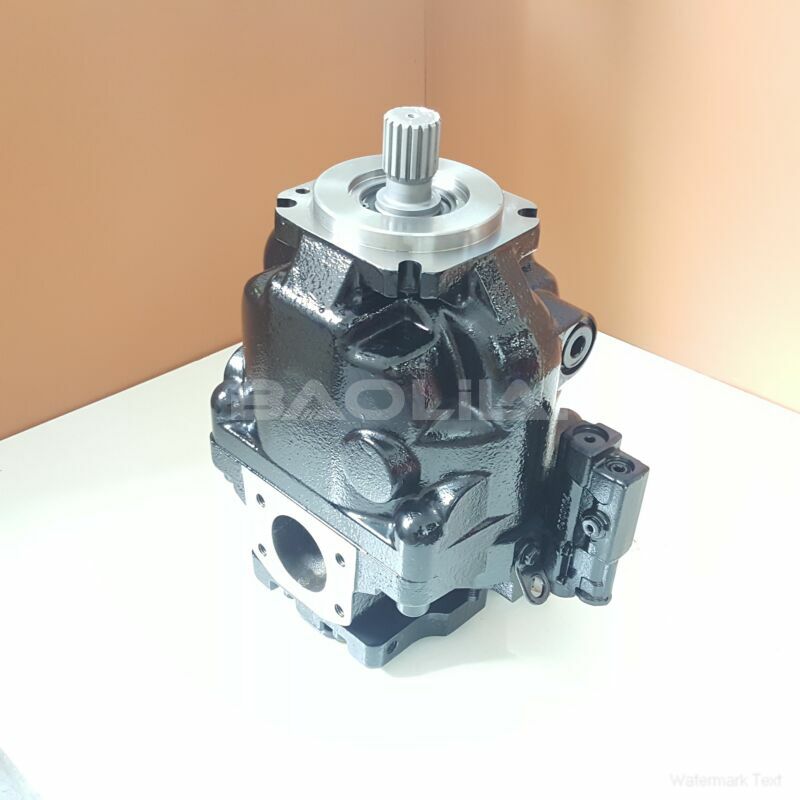ERR130BLS2820NNN3S1BPA1NAAANNNNNN hydraulic oil pump
ERR130BLS2820NNN3S1BPA1NAAANNNNNN hydraulic oil pump

- Product Details
- Applicable Scene
The pump itself is a key component to evaluate. A worn or damaged pump can result in insufficient flow. Listen for unusual noises, such as grinding or whining, that may indicate internal damage. If the pump appears to be the source of the issue, consider disassembling it for inspection and possible replacement of worn parts, such as seals and vanes.
ER-R-130B-LS-28-20-NN-N-3-S1BP-A1N-AAA-NNN-NNN
ERR130BLS2820NNN3S1BPA1NAAANNNNNN
Check the pump’s drive system as well. Insufficient power or improper alignment can reduce pump efficiency. Verify that the motor is operating at the correct speed and that the pump is aligned with the driving mechanism. If there are issues in the drive system, make necessary adjustments to ensure everything is functioning correctly.

83037737
Further, evaluate the system’s pressure settings. Incorrect pressure relief valve settings can lead to overheating and inefficient flow. Ensure that the relief valve is set according to the manufacturer’s specifications, as improper settings can result in low flow rates.
Lastly, consider the proposed system design and flow requirements. If the hydraulic components are undersized for the application or if there are significant bends and restrictions in the piping, flow rates may be adversely affected. Assess the design to ensure it meets the operational demands, and make modifications if necessary.
In conclusion, troubleshooting low flow rates in hydraulic pump systems involves a comprehensive examination of various factors, from leaks and fluid quality to the condition of the pump and system design. Regular maintenance and monitoring can help prevent flow issues and ensure the hydraulic system operates efficiently. By following these steps, you can efficiently identify the root causes of low flow rates and restore your hydraulic pump system to optimal performance.





